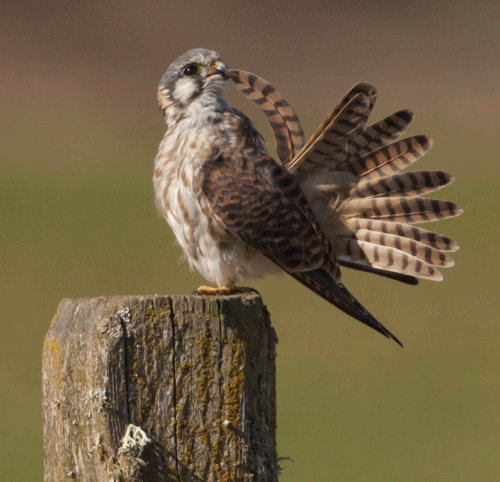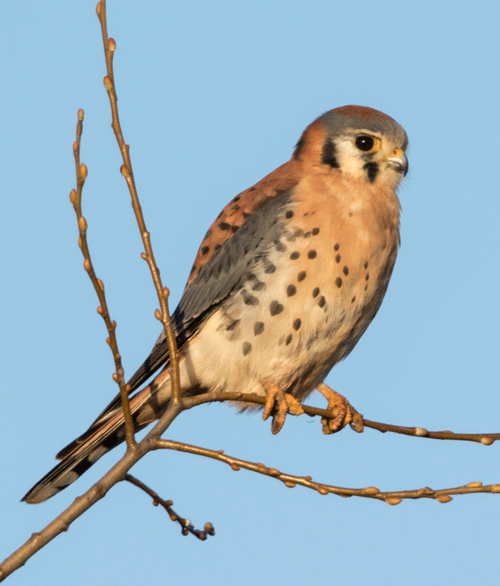Current Conservation Research
MWBA Conservation Chair Jayshaun Talbert is playing an active role in determining the health of two important species: Northern Saw-whet Owls and American Kestrels. Both of these species are common in the Willamette Valley, but not much is known about them.
All birds were handled with appropriate permits and training. All banding, sampling, and marking was done under a Federal Banding Permit issued by the United States Geological Survey’s Bird Banding Lab,
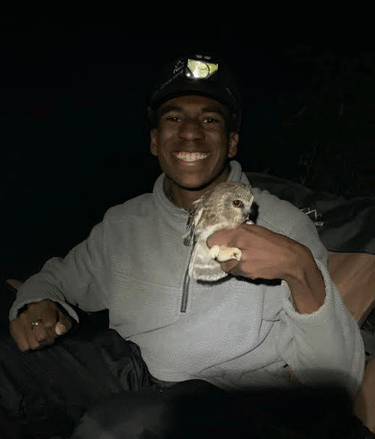

Jayshaun is motivated and very passionate about wildlife conservation, specifically for birds. Currently in his second year at Oregon State University, he is already making waves in the research field, and he feels privileged to participate in many avian projects. Some of the birds he has worked with include Common Terns, Arctic Terns, Roseate Terns, Black Guillemots, Spotted Sandpipers, Atlantic Puffins, Common Eiders, and Steller’s Jays.
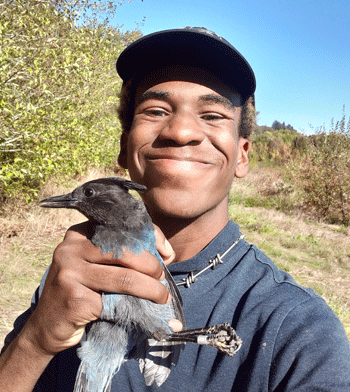
Northern Saw-whet Owls
Conservation Chair Jayshaun Talbert is studying Oregon NSWOs for his undergraduate thesis. Recent studies have largely focused on acoustic monitoring, but they lack the detailed biological data that direct capture provides. Jayshaun’s research focuses on capturing individual owls during the fall migration season. He is using mist nets and targeted playback calls to collect critical data on age, sex, and body condition. He is also assessing capture efficiency by comparing traditional capture techniques with newer methods, like autonomous recording units.
In Oregon, where diverse habitats support a wide array of migratory species, capturing and studying NSWOs is crucial for understanding broader ecological trends. Because the owls are important for a diverse and health ecosystem, population shifts of NSWOs can reflect habitat quality and the impacts of climate change.
Jayshaun’s work will enhance the ability of land managers to protect both NSWOs and the habitats they rely on across the state.
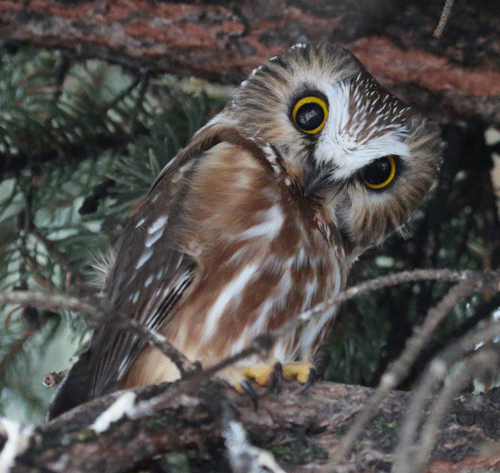
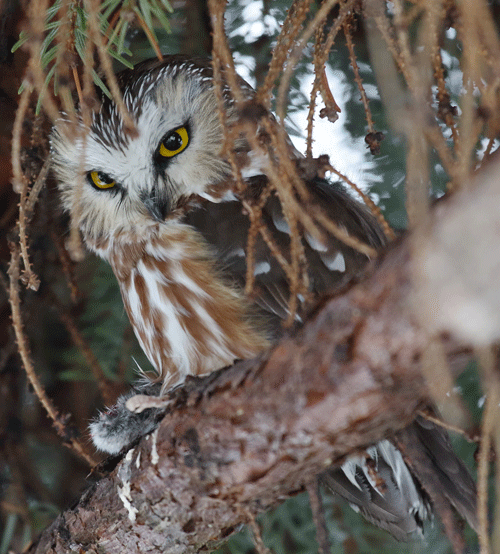
American Kestrel
American Kestrels, the smallest falcon in North America, are experiencing population declines across much of their range. The cause is currently unknown, but it is essential to understand their breeding behavior and habitat needs.
In 2024 Conservation Chair Jayshaun Talbert’s work was focused on surveying breeding populations in Oregon’s Willamette Valley, a region known for its high density of wintering kestrels. He used a technique called modified transect routes, which was derived from the East Cascades Audubon Society’s Winter Raptor Surveys. Results revealed kestrel presence and also the presence of other raptors. This information is important to understand the ecological dynamics of the area.
Jayshaun also collected baseline data of the kestrels, and to further the study in 2025, he is establishing a network of nest boxes in the Corvallis area. He hopes to entice wintering kestrels to breed locally. Beginning in February, the boxes will be monitored through the breeding season, with nest checks starting in May.He will record if eggs and chicks are present and take physiological measurements to assess growth rates. Additionally, Jayshaun plans to band kestrel chicks to track their movements and determine if they return to the region to breed in subsequent years.
This project not only enhances understanding of kestrel breeding success in artificial structures, but it also provides valuable data to guide conservation efforts for land managers. It is critically important to understand breeding behavior and environmental needs in order to save this declining species.
